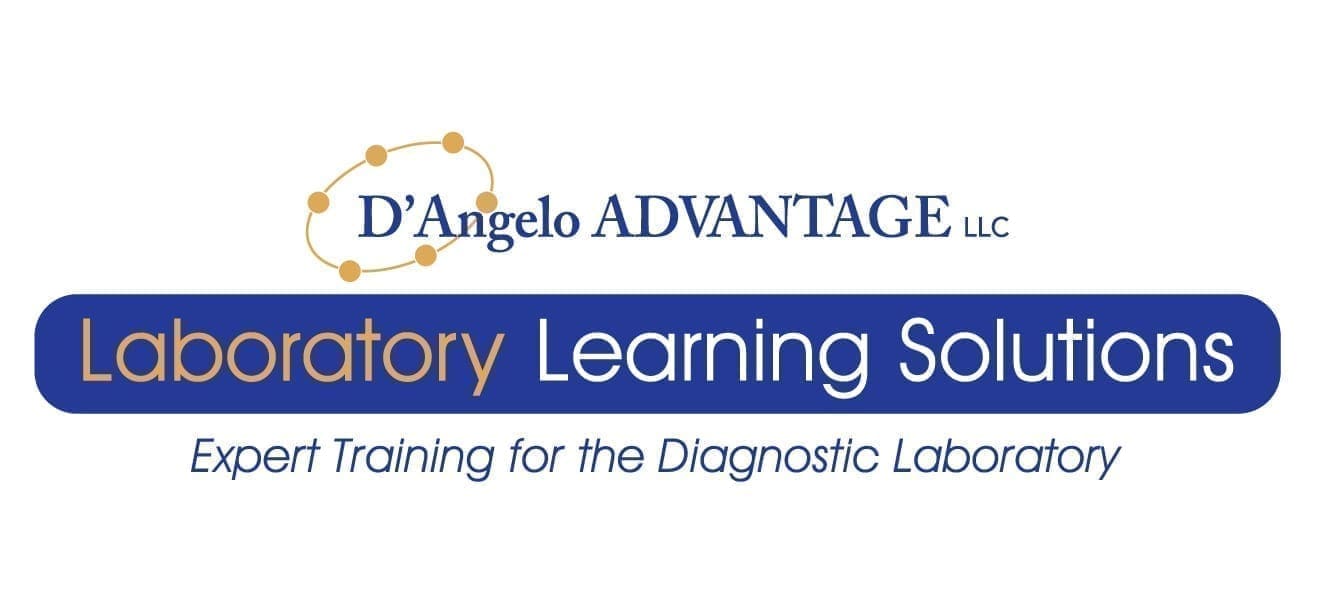Blog Written by Rita D’Angelo & Jinna Ralston
On January 4, 2021, the Food and Drug Administration (FDA) issued a safety alert about a COVID-19 test that carries a high risk of false negative results.1 This highlights the dangers of what an unpredictable diagnostic test can pose to the public, with consequences that could result in lack of treatment or interventions and spread of diseases like COVID-19 when contact tracing is delayed or absent. Likewise, an FDA safety alert on October 31, 2018 warned against the use of many genetic tests with unapproved claims to predict patient response to specific medications.2
These issues, and others highlight the significant momentum or interest in the Verifying Accurate Leading-edge IVCT Development (VALID) Act of 2020 resurrected from Covid 19 testing concerns. The 2020 VALID Act under section 353 of the Public Health Service Act has earned support from key stakeholders. 3 https://www.burr.senate.gov/imo/media/doc/VALID%20Act%20-%20Section-by-Section.pdf The VALID Act would grant the FDA with the authority for LDT oversight of risk based review and optional elements of the medical device quality system requirements to the clinical laboratory under an IVCT category of testing.4,5 The idea is to create a framework and fill the clinical processing gaps between FDA and CLIA for Laboratory developed tests (LDTs) that are a subset of the in vitro diagnostic tests (IVDs).5 In vitro diagnostics are developed and used in-house by clinical laboratories but are not currently subject to premarket review by the FDA. 6
In 2015, the FDA hosted a LDT workshop to understand the concerns of stakeholders and to receive feedback regarding the 2014 draft proposal. ⁶ This proposal by the FDA was drafted to gain oversight of the manufacture of LDTs. During this workshop, the FDA identified several high-risk LDTs that resulted in adverse events for many patients. ⁷ The 2014 draft was initiated out of concerns for patient safety and among the many testing and clinical recommendations listed in the document, one of the suggestions was the adoption of the 21 CFR 820 Quality System Regulation (QSR) from medical device. The recommendation was for diagnostic laboratories to incorporate the medical device standard for the manufacture of LDT. Included in the 21 CFR 820 is design controls, a product development methodology from idea to launch and when implemented, will ensure checks and balances throughout the lifecycle. Design controls include design, testing, implementation, and validation. The process of validation occurs in cGMP environment as an element within the structure of design control from test concept to transfer into the laboratory. The analytical validation review process as performed per the regulatory requirements of Clinical Laboratory Improvement Amendment (CLIA) does not include all phases of development prior to marketing to ensure the test predicts the presence or absence of a clinical condition.⁸ Clinical validity is the assessing the accuracy with which the test identifies, measures, or predicts the presence or absence of a clinical condition or predisposition in a patient.⁸ CLIA oversight is not designed to ensure that LDTs are clinically validated for their intended use before the test is offered clinically.⁸
In the 2014 draft, the FDA states the potential exists for improper process validation to result in patient safety concerns. 6 CMS is charged with the implementation of CLIA that directs clinical laboratories and their inspections. Since laboratory inspections are conducted on a biennial basis, it may take up to two years after an LDT has been offered for clinical use before the analytical validity is reviewed by its licensing or accreditation organization. 8
O’ Leary et al, states “There are no strong standards in CLIA for validating LDTs, and there is no centralized reporting mechanism by which the public can become aware of either the magnitude of LDT testing, the benefit derived from this testing, or adverse consequences associated with this testing.” 9 Within the Quality System Regulation, standard clauses serve as a guide for development of a quality management system (QMS). Adoption of a QMS will ensure all phases of testing are performed within an organizational structure that include established and validated policies, procedures and processes to consistently ensure quality.
Alternately, while appropriate regulatory review can help to ensure analytical and clinical validity, excessive regulation carries additional costs—not just financial, but also in hindering innovation and in missed opportunity for making accessible newer, more robust, or cost-effective diagnostic technologies.10 Additionally, QSRs related to manufacturing (eg, FDA 21 Code of Federal Regulations [CFR] Part 820 and International Organization for Standardization [ISO] 13485:2016) are relatively unfamiliar standards in the broader clinical laboratory community, which has yet to widely implement medical laboratory-specific international standards associated with ISO 15189 accreditation in the United States.10 “Indeed, implementation of manufacturing-oriented QSRs (even in a proposed limited form) would likely face several obstacles if applied across clinical laboratories.”)10
The question becomes will the VALID ACT serve to eliminate quality concerns by many stakeholders? Will the review process include a proactive approach prior the LDT launch? Will the process of LDT development include process validation through all stages of LDT development? And finally, will the VALID ACT provide an optimal balance to both protect patient safety, but also not deny access to valuable laboratory services due to cost, process, and/or timing issues associated with IVD submissions and reviews.
- Risk of False Results with the Curative SARS-Cov-2 Test for COVID-19. Retrieved from: https://www.fda.gov/medical-devices/safety-communications/risk-false-results-curative-sars-cov-2-test-covid-19-fda-safety-communication
- U.S. Food and Drug Administration. 2018. The FDA Warns Against the Use of Many Genetic Tests with Unapproved Claims to Predict Patient Response to Specific Medications: FDA Safety Communication. Retrieved from: https://www.fda.gov/medical-devices/safety-communications/fda-warns-against-use-many-genetic-tests-unapproved-claims-predict-patient-response-specific. https://www.fda.gov/news-events/press-announcements/jeffrey-shuren-md-jd-director-fdas-center-devices-and-radiological-health-and-janet-woodcock-md
- Walter G Johnson, Gary E Marchant, Legislating in the time of a pandemic: window of opportunity or invitation for recklessness?, Issue 1, January-June 2020, lsaa042, https://doi.org/10.1093/jlb/lsaa042 Journal of Law and the Biosciences, Volume 7,
- https://www.burr.senate.gov/imo/media/doc/VALID%20Act%20-%20Section-by-Section.pdf
- https://www.360dx.com/clinical-lab-management/congress-introduces-valid-act-diagnostics-regulation#.YE9wZC1h2X0
- US Food and Drug Administration (FDA). Draft Guidance for Industry, Food and Drug Administration Staff, and Clinical Laboratories: Framework for Regulatory Oversight of Laboratory Developed Tests. 2014
- The Public Health Evidence for FDA Oversight of Laboratory Developed Tests: 20 Case Studies. Office of Public Health Strategy and Analysis, Office of the Commissioner. The Public Health Evidence for FDA Oversight of Laboratory Developed Tests: 20 Case Studies. Bethesda, MD: Food and Drug Administration; 2015.
- CMS. 2013. LDT & CLIA FAQS. Retrieved from: https://www.cms.gov/Regulations-and-Guidance/Legislation/CLIA/Downloads/LDT-and-CLIA_FAQs.pdf
- Regulating Laboratory-Developed Tests by O’Leary, Timothy J., M.D., Ph.D. The Journal of molecular diagnostics: JMD, 2014, Volume 16, Issue 6
- Genzen JR. Regulation of Laboratory-Developed Tests. Am J Clin Pathol. 2019;152(2):122-131. doi:10.1093/ajcp/aqz096.Retrieved from: https://www.ncbi.nlm.nih.gov/pmc/articles/PMC6610067/



